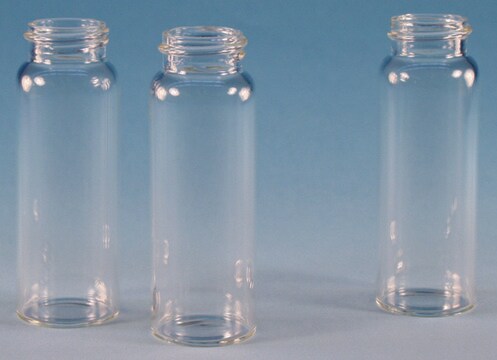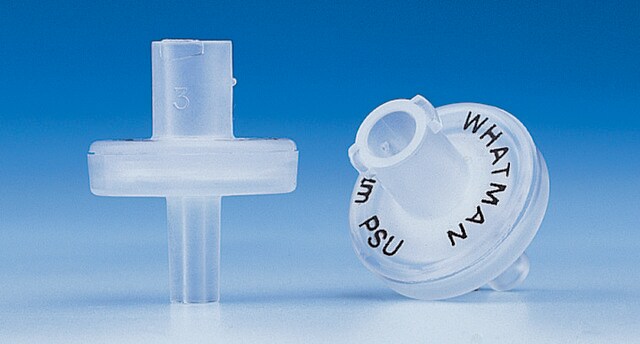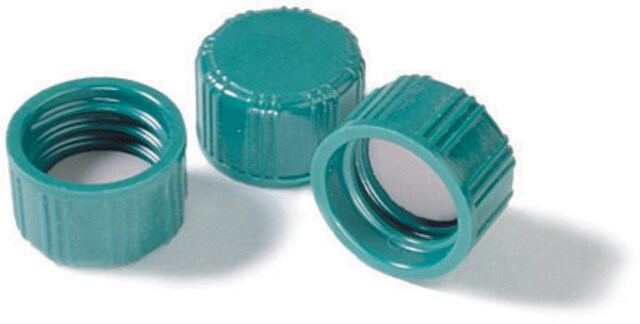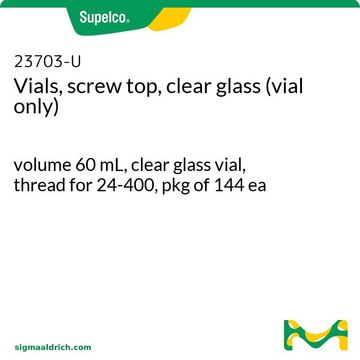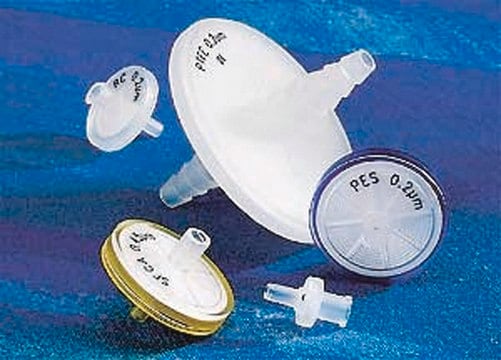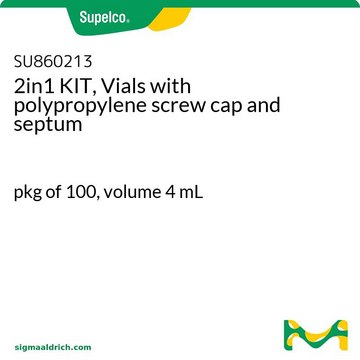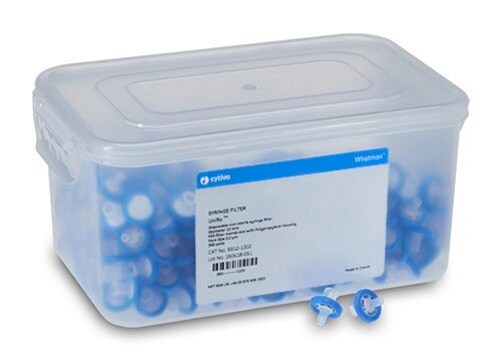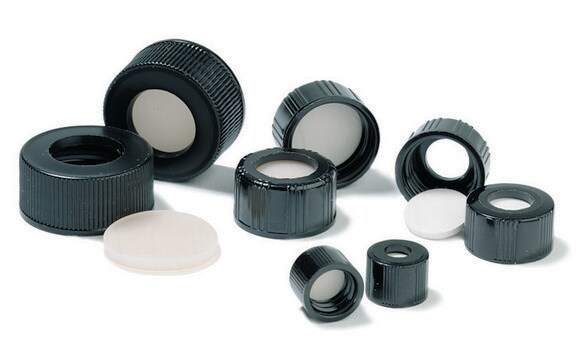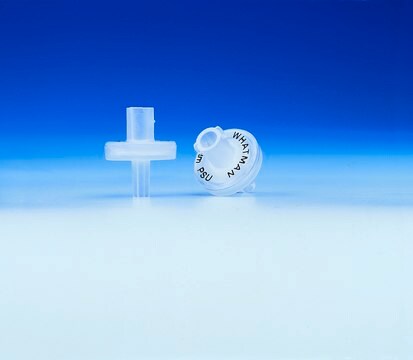WHA67881304
Whatman® Puradisc 13 syringe filters
0.45 μm, polypropylene, 100/pk
Sinónimos:
Whatman filter, Whatman filters, Z672424, disposable syringe filters
About This Item
Productos recomendados
material
polypropylene housing
polypropylene membrane
sterility
non-sterile
packaging
pack of 100
manufacturer/tradename
Whatman 6788-1304
Whatman Article No. 28420319 (US reference)
diam.
13 mm
filtration area
1.3 cm2
volume
≤10 mL
pore size
0.45 μm
fitting
female Luer inlet (lock)
male Luer outlet
¿Está buscando productos similares? Visita Guía de comparación de productos
General description
Polypropylene (PP) syringe filters
Whatman polypropylene syringe filters have high and uniform tolerance to heat and mechanical stress. The slightly hydrophobic membrane is resistant to a wide variety of organic solvents.
Puradisc syringe filters for routine syringe filtration
Cytiva′s Whatman Puradisc line is a comprehensive syringe filter portfolio used in a variety of filtration applications. Puradisc is available in a range of filtration media to filter samples of diverse chemical solvents, compounds and sample types. Filtration materials include: regenerated cellulose (RC), cellulose nitrate, nylon, polytetrafluoroethylene (PTFE), polyethersulfone (PES), polypropylene, polyvinylidene difluoride (PVDF), and cellulose fiber acetate.
Puradisc syringe filters are well-suited for a wide variety of sample types and applications, including capillary electrophoresis(CE), biological sample preparations and analysis, protein filtration, UV spectroscopy and high performance liquid chromatography (HPLC).
Features and Benefits
- Choice of 13 mm or 25 mm diameter nonsterile syringe filter to suit filtration sample volume.
- Sub-micron pore sizes, 0.2 μm and 0.45 μm, for fine particle retention to protect instruments and chromagraphy columns.
- Autoclavable for sterile sample preparation
- Also available with depth polypropylene (DpPP) filtration medium
Suitability
Other Notes
Legal Information
Elija entre una de las versiones más recientes:
Certificados de análisis (COA)
Lo sentimos, en este momento no disponemos de COAs para este producto en línea.
Si necesita más asistencia, póngase en contacto con Atención al cliente
¿Ya tiene este producto?
Encuentre la documentación para los productos que ha comprado recientemente en la Biblioteca de documentos.
Los clientes también vieron
Nuestro equipo de científicos tiene experiencia en todas las áreas de investigación: Ciencias de la vida, Ciencia de los materiales, Síntesis química, Cromatografía, Analítica y muchas otras.
Póngase en contacto con el Servicio técnico